|
For those not familiar with January in Missouri (central US), I'll describe it. January is perhaps the coldest month of the year here. The trees are bare and the ground vegetation is brown and dead. There are no insects around, so those animals that eat insects (at least those that live above ground) must hibernate or migrate. Most of the nights are below freezing, and it can get to -10 F (-23 C). But that doesn't mean we don't have the odd warm day. Trish and I just got back from several relaxing days at our rustic little cabin in the Missouri Ozarks. On Sunday, the temperature hit 71 F (22 C). This happens occasionally. But amazingly, in the afternoon the woods behind our cabin suddenly filled with the beautiful calls of the tiny frog called the spring peeper! Some of you in warmer areas may hear frogs all year around, but hearing them here in January is a real treat. So to celebrate this event, I have chosen the spring peeper as the Awesome Animal for this post. Here's what the forest behind our cabin typically looks like in January. This was January 19th, from a trail camera we've installed to get photos of wildlife (this lovely picture of the snowy forest was photo-bombed by a white-tailed deer). Often I feature animals that show up in my novels, but not this time. This email is in honor of those brave little frogs that dared to awaken and begin calling on January 21st in the Missouri woodlands. So what the heck is a Spring Peeper? Spring peepers are frogs, so they are in the class Amphibia (amphibians). Their scientific name is Pseudacris crucifer. The second part of the name comes from the fact that they have a distinct X (cross) on their back. They live in the eastern half of North America, including eastern Canada. Spring peepers are only about one inch long, but their call is extremely loud for such a tiny critter. They are usually the first frog to become active and start calling in early spring, so their call is a welcome sound to many people. Amazing facts about Spring Peepers So, why would Trish and I hear spring peepers in mid-January? To understand this, it is important to know how frogs spend their winters. Amphibians have porous skin, and oxygen can pass through it. When winter approaches, frogs simply swim to the bottom of a pond and wriggle back and forth until they are partially or completely under the mud (some of them crawl into the mud beneath rotting logs). When the temperature drops, their metabolism slows down enough that their skin can absorb adequate oxygen from the surrounding water. If the temperature gets too warm, their metabolism increases and their skin cannot take in enough oxygen to sustain them, so they have to swim to the surface to breathe with their lungs. So on January 21st, when the temperature rose to 71 F, the ice thawed out and the water warmed up enough that the spring peepers were forced to emerge to the surface. And if you're a male spring peeper, when you get to the surface, you have this uncontrollable urge to call for a mate. And that's why Trish and I were treated to a symphony of horny frogs in the middle of winter! Check out this video of spring peepers calling. If these frogs choose to spend their winter at the bottom of a rather shallow pond, that pond may freeze completely. Well, not to worry. Spring peepers are one of only five frogs in North America that can survive being frozen. When the temperature of the water or mud around them drops below freezing, their body starts producing a natural antifreeze, which protects their most vital organs. But 70% of their body freezes solid! Their heart even stops beating, and they appear to be dead. We still don't completely understand how these frozen frogs are able to come back to life. They are tough little frogs! Spring peepers have an impressive vocal sac.The vocal sac is that bulging throat you see under the chin of many male frogs. It's a flexible membrane that amplifies the sound of the male frog's call. The vocal sac, in fact, is one reliable way to tell the difference between males and females of many frog species. There are two slits in the bottom of the male's mouth connecting the mouth to the vocal sac. The frog fills its lungs with air, closes its nose and mouth, and blows the air through its vocal chord (larynx), producing its call. The louder the call, the better, because the nearest female may be way over in the next pond. Although spring peepers are a type of chorus frog, they have something in common with tree frogs: sticky toe pads that allow them to cling to leaves and other surfaces. They can climb vertical surfaces and even cling to leaves upside down. A study in 2009 revealed how frog toe pads work. If you look very closely, the toe pad surface is covered with flat-topped cells surrounded by grooves filled with mucus. But when scientists looked even closer at those flat-topped cells with a special super-duper microscope (called an atomic force microscope), they saw that they were covered with jillions of tiny "nanopillars." With all these nanopillars, a huge amount of surface area comes in contact with the climbing surface, and the mucus helps to provide adhesive forces. It's an amazing adaptation. Like many other frogs, spring peepers take the shotgun approach to breeding. Since most of their young are eaten by other predators in the water, they lay about 900 eggs! This makes it more likely a few of them will survive. In the spring, when a male successfully calls a female to him, he will climb onto her back and hold on tight (this is called amplexus) until she lays her eggs (eggs are layed in the water). Amplexus puts the male in a good position to release sperm onto the eggs as they come out of the female's body. By the way, this amplexus is such a powerful instinct in male frogs that I have seen triple-decker amplexus before (where a second male clings to the back of a male that is clinging to the back of a female, perhaps in hopes of getting his sperm onto some of the eggs). As you can imagine, since spring peepers are small, and they lay 900 eggs, the resulting tadpoles are really small: So, the spring peeper deserves a place in the O.F.A.H.O.F. (On-Fleek Animal Hall of Fame). FUN FACT: On fleek is a relatively new term (used by people much younger than me). It's an adjective to describe something that is so good that it's "on point." It originated as a reference to eyebrows (eyebrows waxed to perfection are "on fleek"), but now can be used to describe just about anything that is outstanding. So it is another way to say awesome. Photo Credits:
Spring Peeper on finger - Little Peppers Field Guide Spring Peeper Vocal Sac - Farmer's Almanac Spring Peeper Toe Pads - Hilton Pond Center Spring Peeper in Snow - Naturally Curious with Mary Holland Spring Peeper Tadpole - Capital Naturalist
0 Comments
Leave a Reply. |
Stan's Cogitations
Everyone needs a creative outlet. That's why I write. Archives
April 2024
|

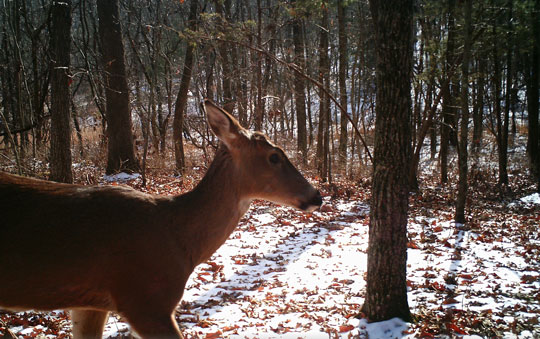
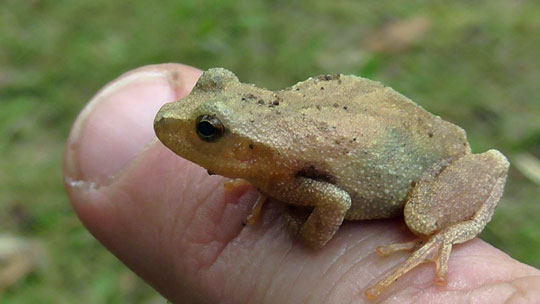
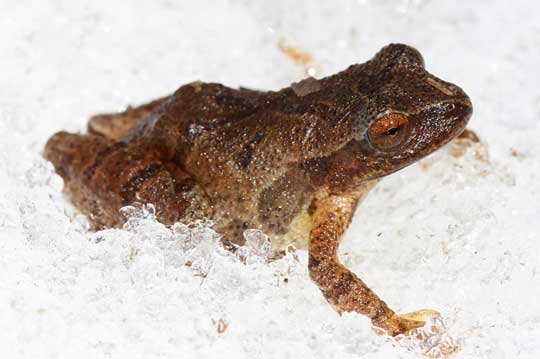
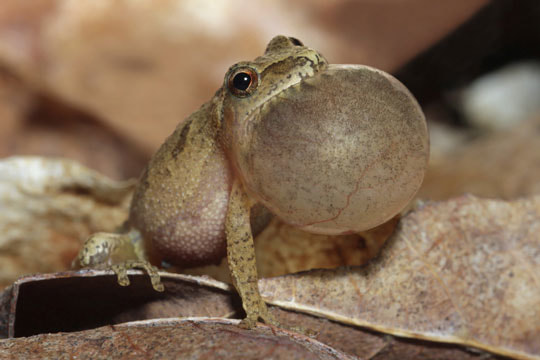
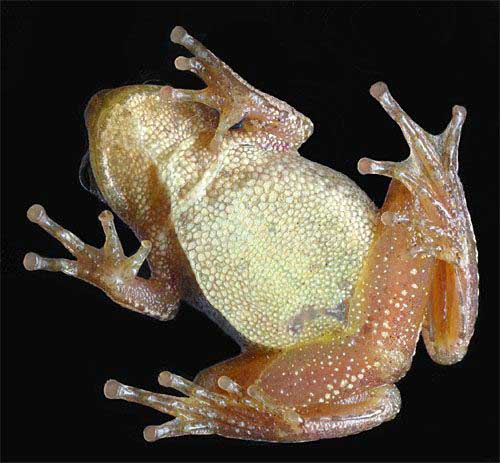
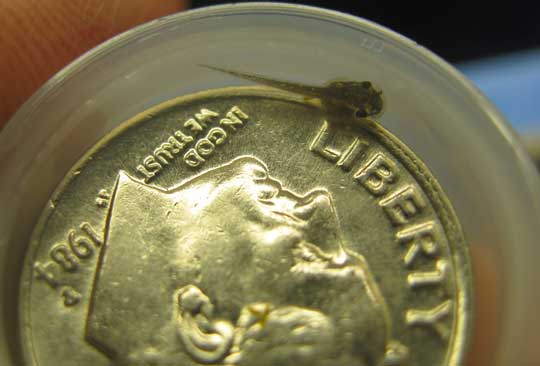
 RSS Feed
RSS Feed